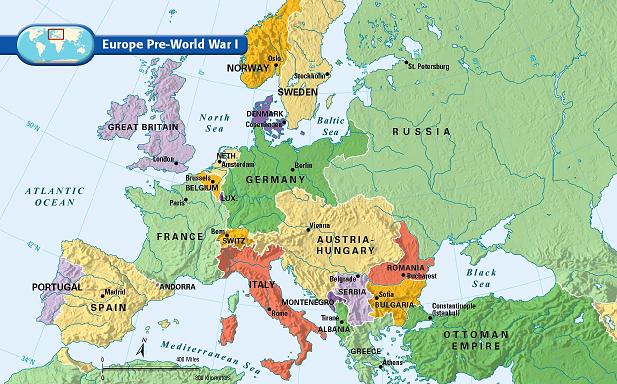The Archaeology Program here at UNCG applied (largely through the suggestion and hard work of our program chair, Dr. Maura Heyn) to host an Ashby Dialogue for the 2016-2017 academic year. The purpose of these endowed dialogues is to bring together students, faculty, and the community to investigate an interesting topic in an informal setting (I was involved in another one of these in 2014). The archaeology faculty thought it might be interesting to explore network analysis in archaeology, largely because none of us had any idea what the heck it really was. Essentially, it gives us an excuse to get together and informally discuss something that is currently hot and that might inform our own research. The official theme: "Exploring Connections in the Past: Archaeology and Network Analysis."
For our first session, held on Friday, Nov. 4, was meant to introduce everyone to network analysis. Dr. Heyn, who moderated the session, chose an article by Tom Brughmans (2010). We had a great turnout, including many students and our colleague Art Murphy, who utilizes network analysis in his work on the responses of contemporary human populations to disasters. We spent a lot of time discussing what network analysis actually is and defining basic parameters like m-slices (apparently, this is a smaller network within a larger network). A couple of key points that arose:
For our first session, held on Friday, Nov. 4, was meant to introduce everyone to network analysis. Dr. Heyn, who moderated the session, chose an article by Tom Brughmans (2010). We had a great turnout, including many students and our colleague Art Murphy, who utilizes network analysis in his work on the responses of contemporary human populations to disasters. We spent a lot of time discussing what network analysis actually is and defining basic parameters like m-slices (apparently, this is a smaller network within a larger network). A couple of key points that arose:
- Network analysis, contrary to what I had originally thought, is not really concerned with space (in the geographic sense). Social networks, shared artifact types, and other data types are more common in the approach.
- It's important to remember that once you throw your data into a network analysis, the resulting pattern is not meaningful in and of itself: what it all means depends on a host of other contextual data.
- Several different types of networks can result from the same data; it all depends on the parameters originally put into the construction of the model. It is up to the researcher to decide which one makes the most sense.
- While it may seem a bit unscientific, it can be valuable to just throw your data into a model and see what emerges. It is certainly possible that otherwise obscure, fuzzy, or unknown relationships may emerge from a so-called "exploratory analysis."
References:
Brughmans, T (2010). Connecting the dots: towards archaeological network analysis. Oxford Journal of Archaeology 29, 277-303.
Brughmans, T (2010). Connecting the dots: towards archaeological network analysis. Oxford Journal of Archaeology 29, 277-303.


